Laser Marking
NO MATTER THE INDUSTRY
From Medical to Defense, We Can Achieve Every Mark
FOR EVERY APPLICATION
Different Marks for Application-Specific Tasks
EASY TO ACHIEVE
User-Friendly Machines & Software
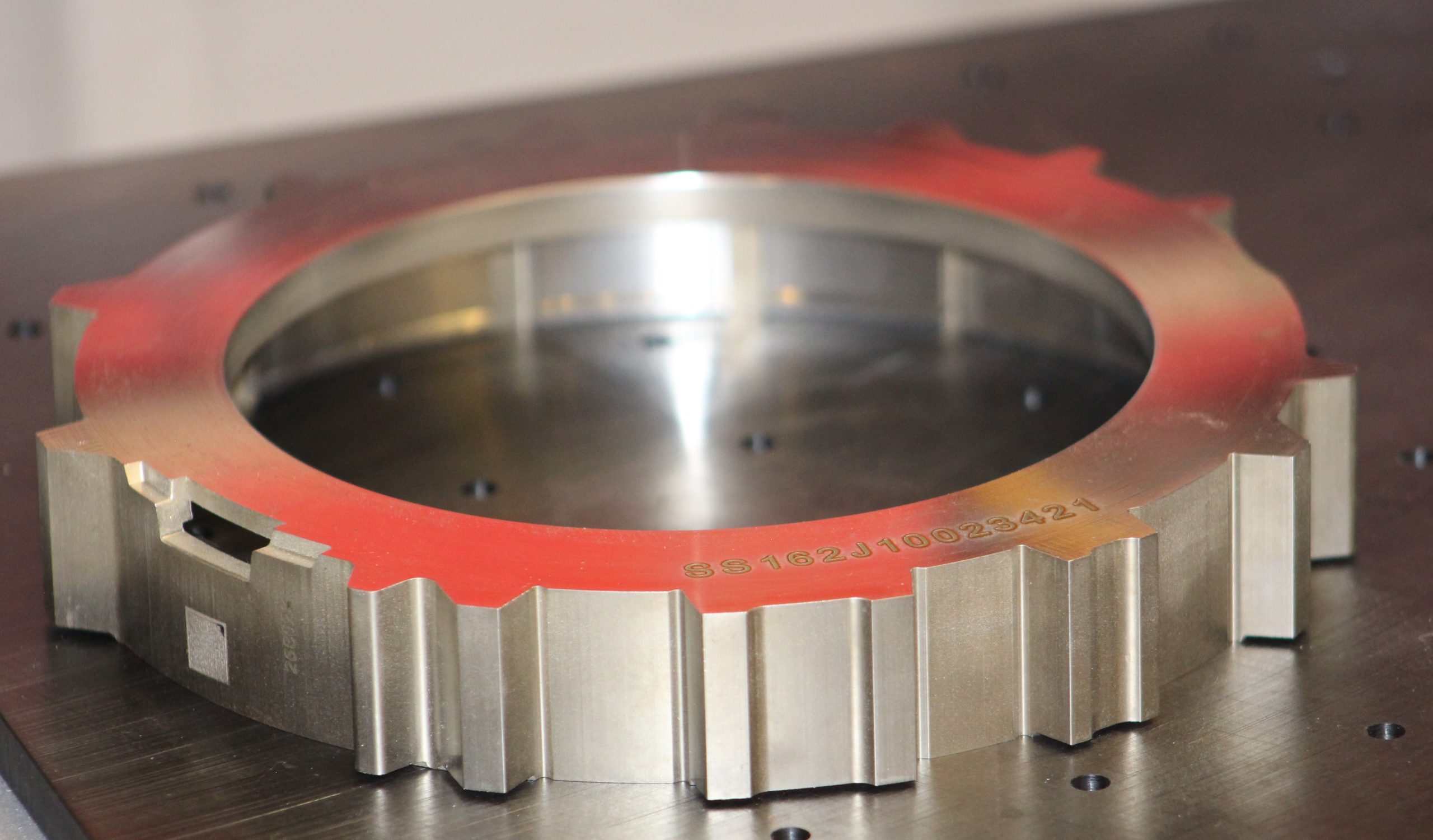
Laser Marking Vs. Etching
Fiber laser marking systems can laser etch a variety of materials, including metals, plastics, and ceramics. Contrast marking involves creating a permanent discoloration on the material, producing either lighter or darker marks on the substrate.
Easy to Edit
Failsafe Settings

Oxidation
Oxidation microscopically raises the surface of a metallic material and oxidizes its top layer, creating a dark, often black, mark. This method is particularly effective on ferrous materials.
Annealing
Annealing ferrous metals creates a corrosion-resistant black mark below the material surface. And depending on the carbon content of substrate, the mark will not disturb the outermost layer or affect its anti-corrosive properties.
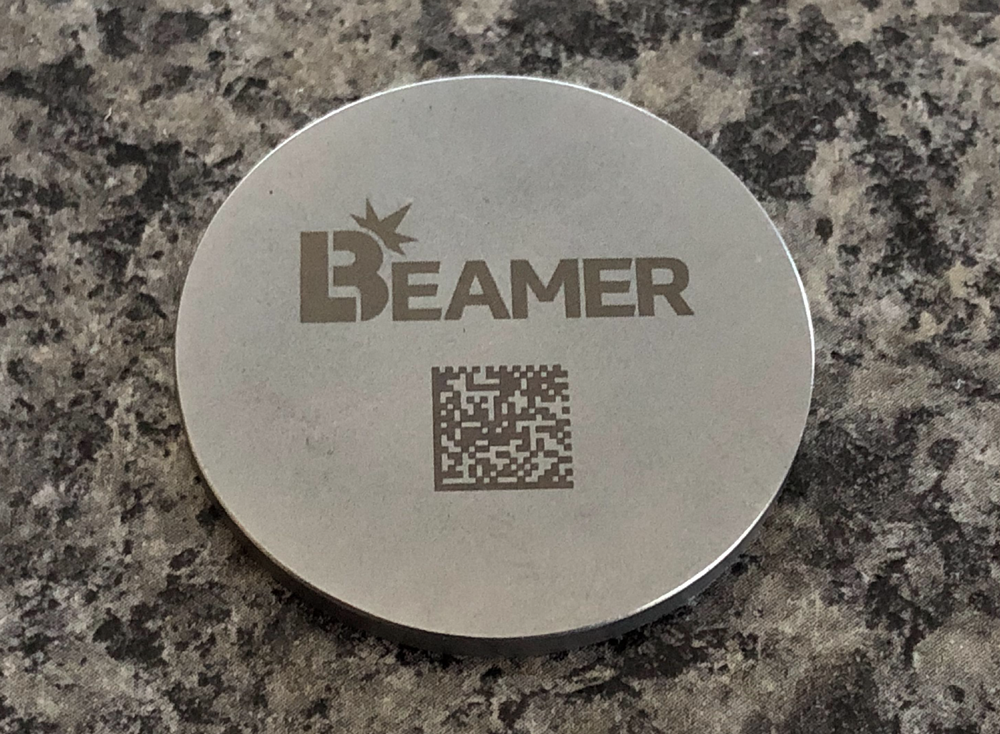
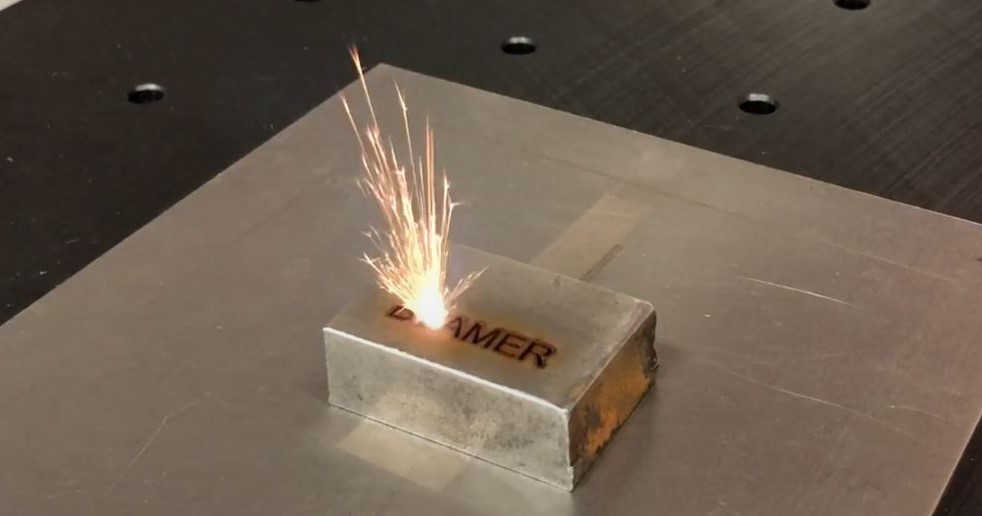
Deep Engraving
Deep engraving is the process of rapidly ablating the top layer of a metallic surface through multiple repetitions. This process is ideal for industries like firearms, aerospace, and defense, where deep, clear markings are essential. Using the right wattage, such as 50W or 100W systems, ensures efficiency and meets depth specifications on metals like steel, aluminum, and Inconel.
Etching
Etching with a 1064nm fiber laser
is a fast marking method used
in various applications, often
alongside oxidized marks.
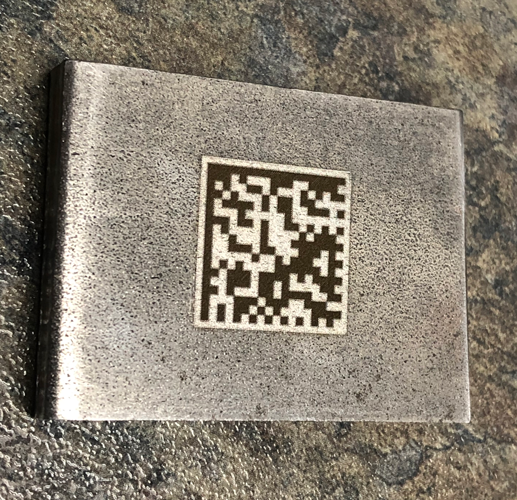
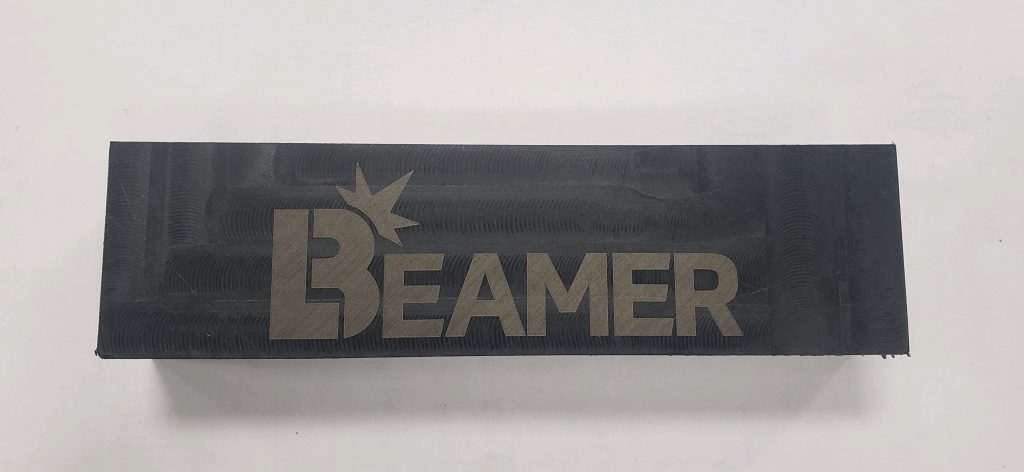
Foaming
Using a marking process that
precise and permanent microscopic
bubbles, foaming creates a light
mark on dark materials, including
plastics, polymers, and resins.
Charring
Using a marking process that precise
and permanent microscopic bubbles,
charring creates a dark mark on
light materials, including plastics,
polymers, and resins.

